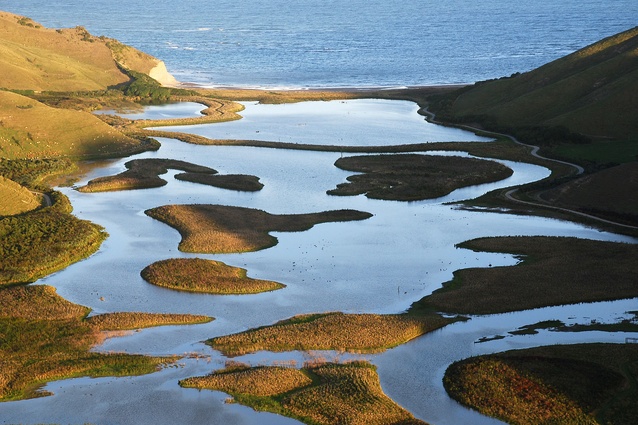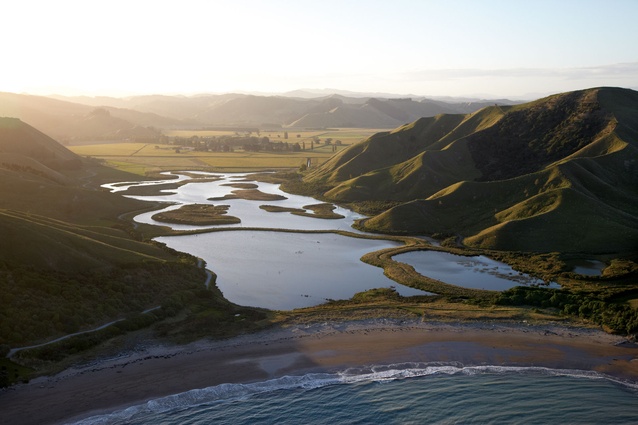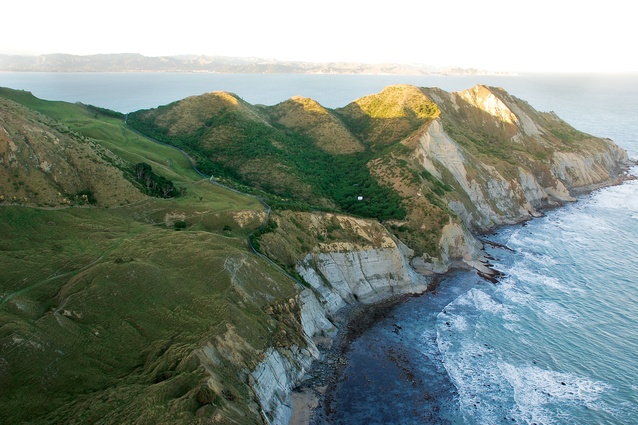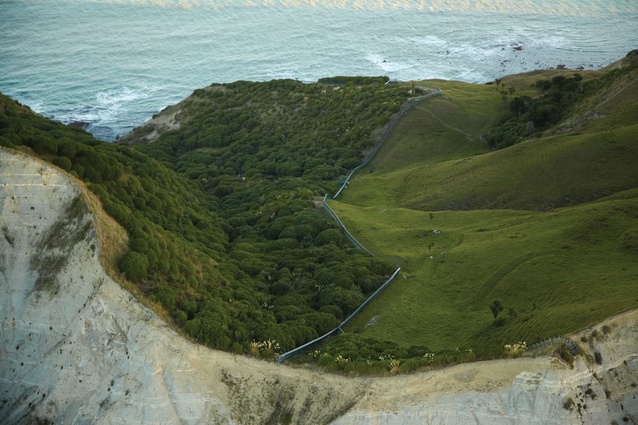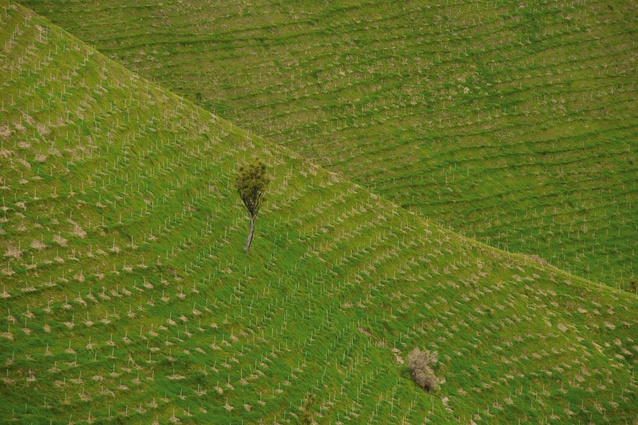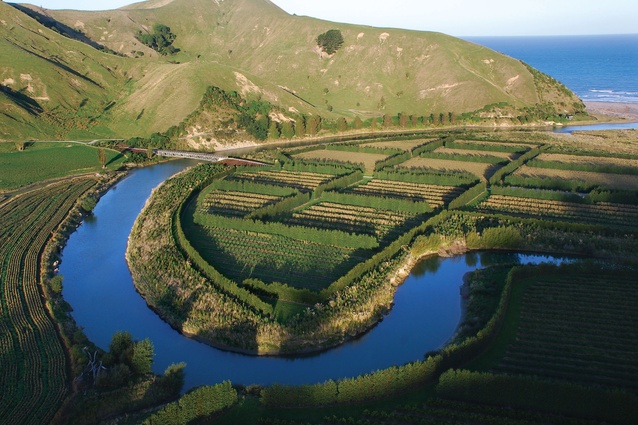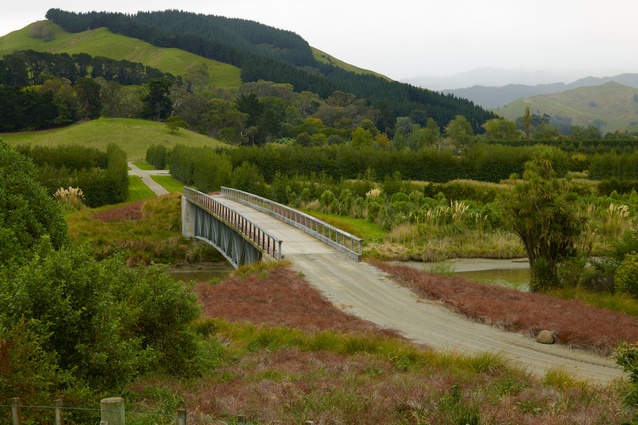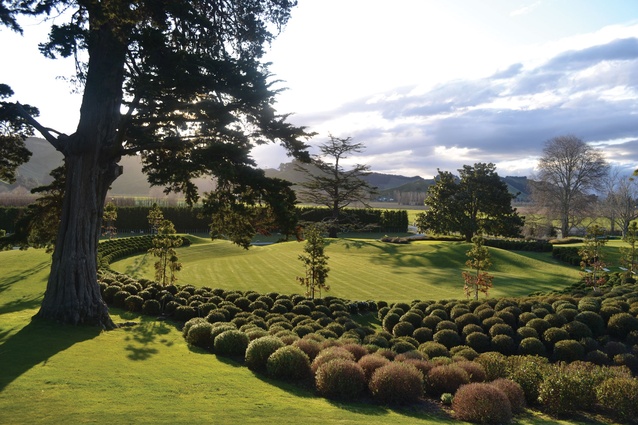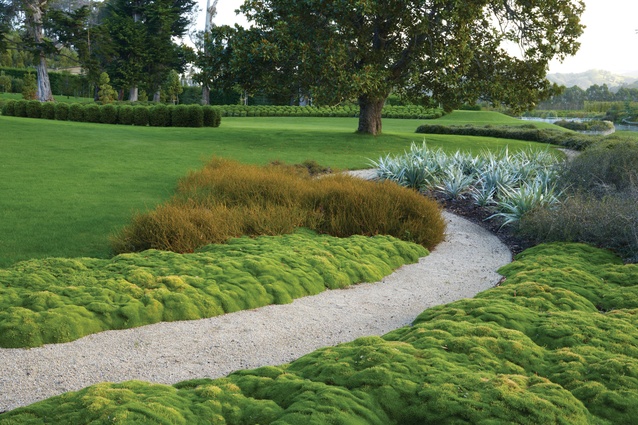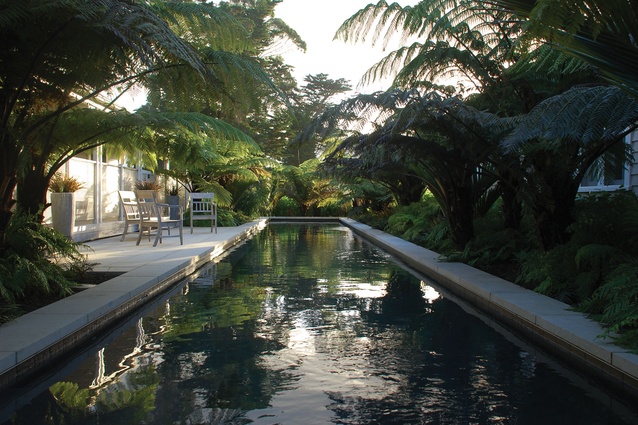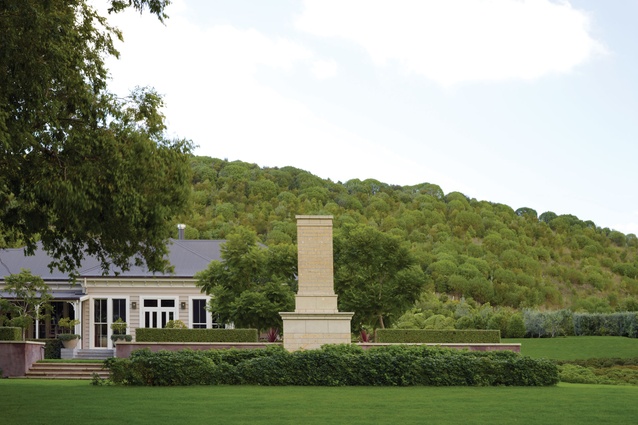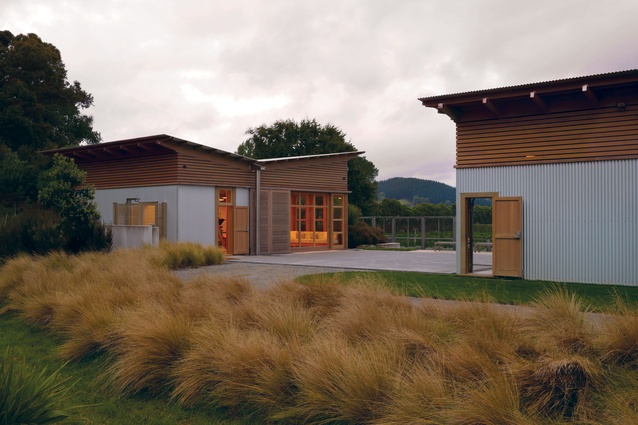Nick’s Head Station receives highest landscape architecture award
The Nick’s Head Station Stewardship Master Plan, by Nelson Byrd Woltz Landscape Architects, wins New Zealand's supreme design award for landscape architecture.
The Nick’s Head Station Stewardship Master Plan, and its American-based orchestrator Nelson Byrd Woltz Landscape Architects, was thrice-awarded at this year’s New Zealand Institute of Landscape Architects awards, held at the Auckland Art Gallery on 8 April. It received an NZILA Award of Excellence in the rural/farm/park category, a Sustainability Award of Excellence and the overall award for design, the Georage Malcolm Supreme Award.
In conferring the Award of Excellence, the judges described the work by the US-based landscape firm as, “An exemplary project that successfully explores the integration of aesthetics and function… The masterplan has transformed a once-degraded rural landscape to combine both successful agricultural and horticultural productivity with hillside and coastal conservation while honouring cultural heritage connections. The creation of the outstanding wetland illustrates best practice in catchment management while highlighting that landscape restoration can be beautiful as well as highly functional. This portion of the work sets the ‘greenprint’ for the rest of the farm. A comprehensive approach to management and stewardship of the landscape provides an enduring balance between production and conservation. Design thinking has been interwoven into all aspects of the property from the colonial homestead design aesthetic respecting scale and sense of place for the family to the farm infrastructure.
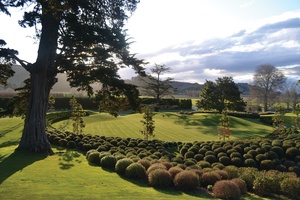
Nick’s Head also received an award for sustainability, with the judges saying that the project has “unravelled the key elements of custodianship and stewardship in farming”. It responds to the multiple needs of rural landscapes – and not just industrial farming practice. “It exemplifies a responsibility to culture, local people, economy, biodiversity and family. In doing so, it creates an outstanding landscape legacy for all of New Zealand.”
Finally, in winning the George Malcolm Supreme Award the judges described the project as “artful and exemplary”; “a design for place and not of place”. “This project is evidence of the outstanding outcomes that can be achieved through the landscape architect collaborating with a range of professionals, stakeholders and clients. Family is often at the heart of a farm, and this is evidenced here by the subtle reflection of the broader farm landscape within an intimate and beautifully detailed homestead that brings the immediate heart and soul of the farm and family into the garden. In a playful manner, the story of the farm is reflected in the journey around the homestead garden.

